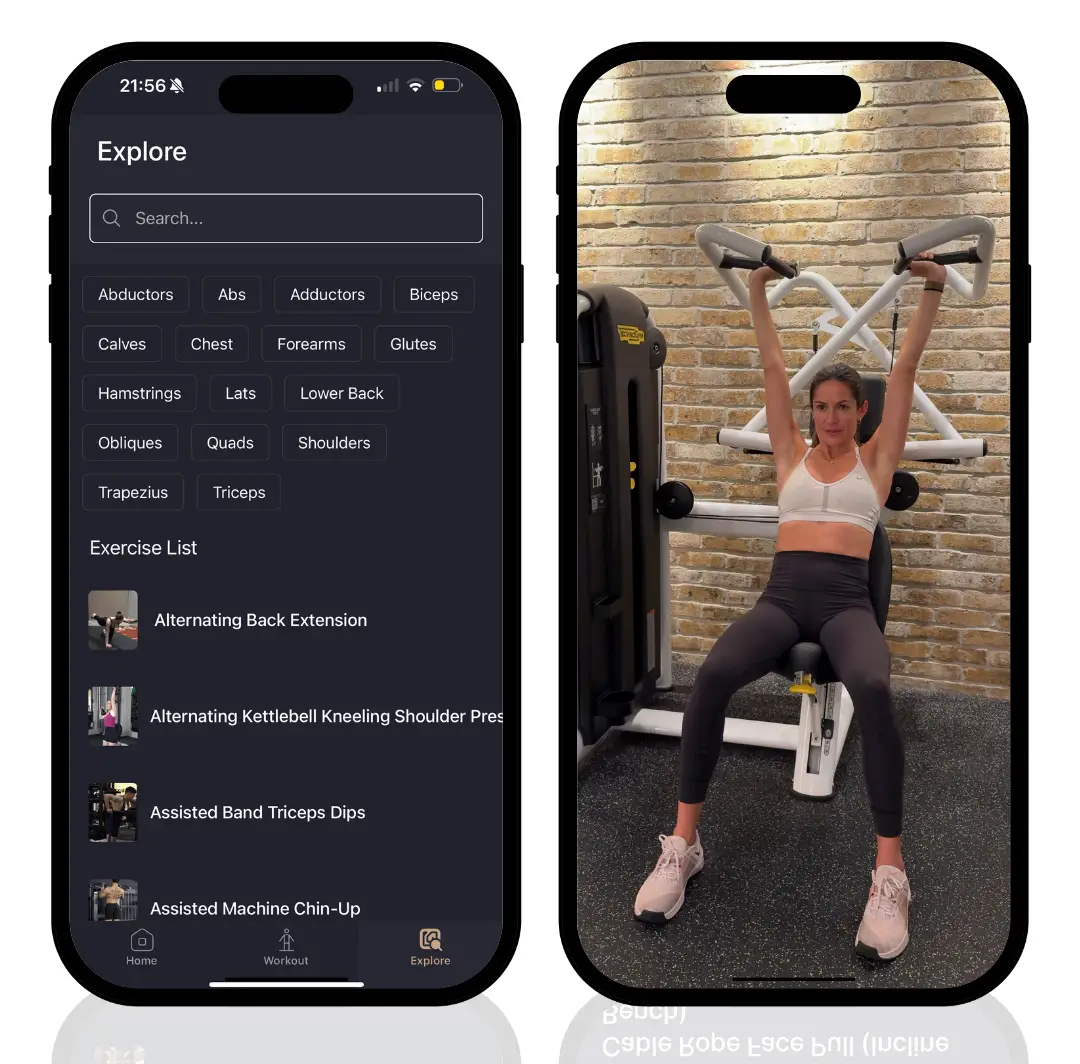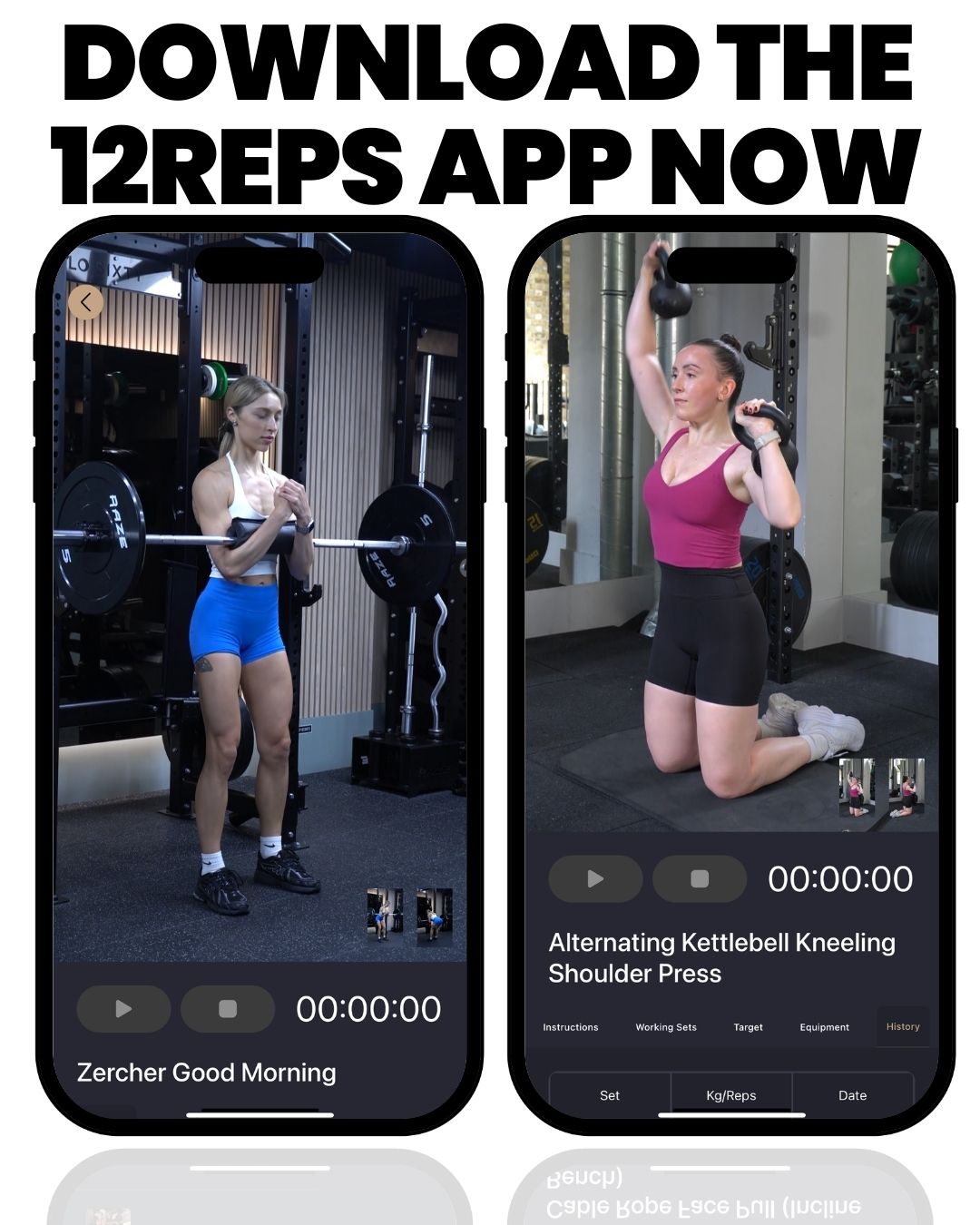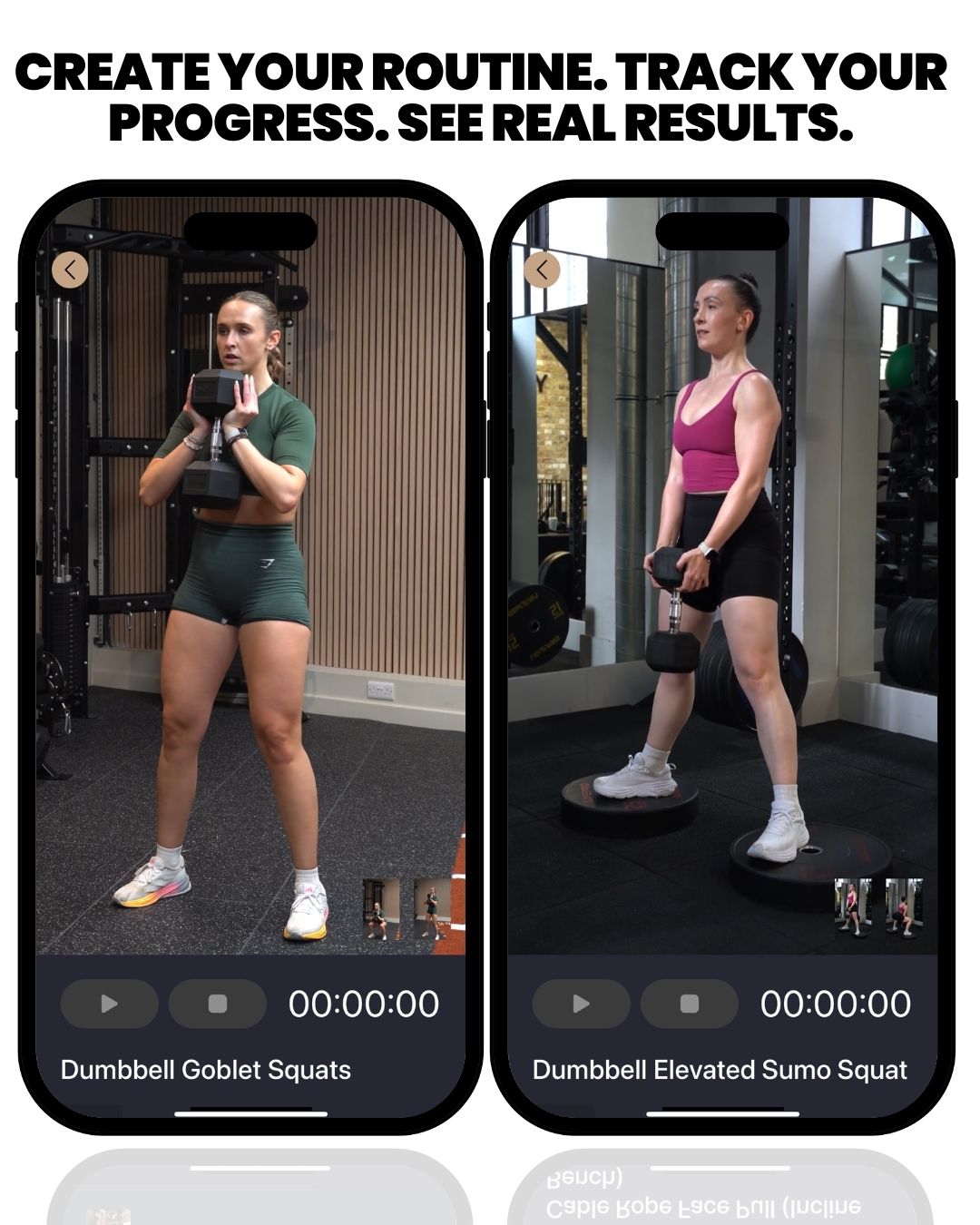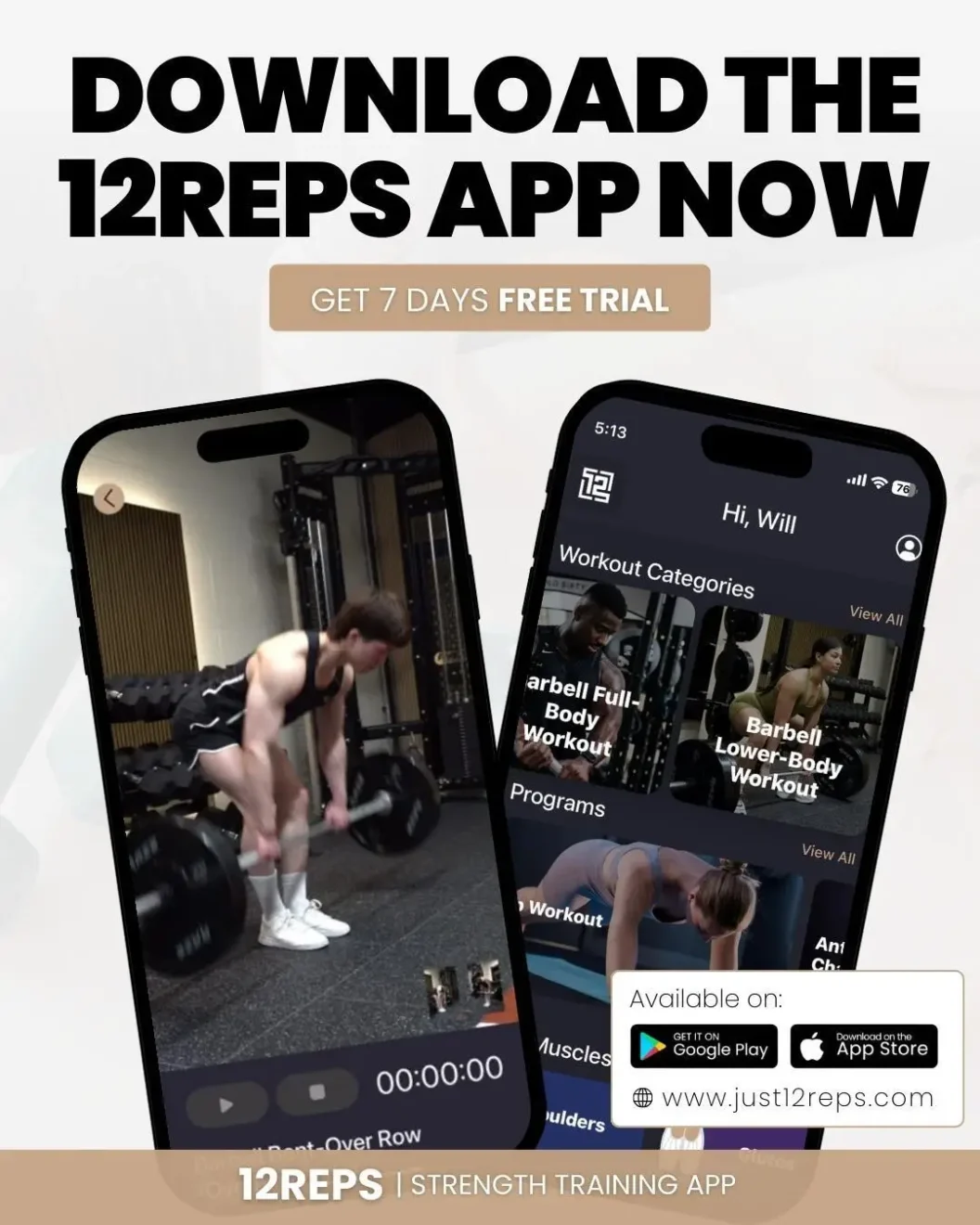By Will Duru, BSc (Hons) Sport and Exercise Science, Award-winning Personal Trainer with over 10 years of experience in strength training and optimising recovery
a personal trainer with over a decade of experience in strength training and optimising recovery, one of the most common questions I get from clients is, “How long should my workouts be?” It’s a great question, and the answer isn’t as simple as you might think. There’s no magic number that works for everyone. The ideal workout duration depends on your fitness level, your goals, the type of training you’re doing, and even your lifestyle constraints.
I’m Will Duru, and I hold a BSc (Hons) in Sport and Exercise Science. Over my 10+ years as an award-winning personal trainer, I’ve worked with hundreds of clients, from complete beginners to elite athletes. What I’ve learned is that the most successful people aren’t necessarily those who spend the most time in the gym. They’re the ones who train with purpose and make every minute count.
In this article, we’ll explore the science behind workout duration, how to tailor your workout length to your specific goals, and how technology like the 12reps workout tracker can help you optimise your training time for the best possible results. My goal is to give you a clear, evidence-based guide to help you train smarter, not just longer. Whether you’re looking for a workout tracker, a strength training workout planner and tracker, or a personal trainer workout planner and tracker, understanding optimal workout duration is crucial for your success.

The Science Behind Workout Duration
When it comes to exercise, the old saying “quality over quantity” is spot on. It’s not about how much time you spend in the gym, but what you do with that time. Let’s break down what the science says about workout duration and why understanding this can transform your training approach.
20-30 minutes for beginners
For beginners, shorter, more frequent workouts are often more effective than longer sessions. A 20-30 minute session, 3-4 times a week, is a great starting point. This allows your body to adapt to the new stress of exercise without getting overwhelmed. When you’re just starting out, your body isn’t used to the demands of structured exercise. Your muscles, joints, and nervous system need time to adapt. Jumping into hour-long workouts right away often leads to excessive soreness, fatigue, and ultimately, giving up.
During my years of training beginners, I’ve found that those who start with shorter sessions are much more likely to stick with their program. They leave the gym feeling energised rather than exhausted, which creates a positive association with exercise. This psychological aspect is just as important as the physical benefits.
45-60 minutes for intermediate
As you get more experienced, you can gradually increase the duration and intensity of your workouts. Intermediate lifters often find that 45-60 minute sessions are the sweet spot for making consistent progress. At this stage, your body has adapted to the basic stress of exercise, and you need more volume to continue seeing improvements.
This duration allows for a proper warm-up, multiple exercises targeting different muscle groups, and adequate rest between sets. It’s long enough to create meaningful training stimulus but not so long that you start to see diminishing returns. Research shows that after about 60-75 minutes of intense training, cortisol levels begin to rise significantly, which can actually hinder recovery and progress.
Quality over quantity principle
A fascinating meta-analysis published in the journal Biology of Sport looked at 92 different studies and found that you don’t see significant benefits from exercise until after about 8 weeks of consistent training [1]. This highlights the importance of sticking with your routine long enough to see results. The study also showed that for beginners, a combination of resistance and endurance training was more effective in the early stages than either resistance training or endurance training alone.
What’s particularly interesting about this research is that it found the greatest effectiveness for resistance training occurred at durations of 24-36 weeks of training. This tells us that consistency over time is far more important than any single workout session. You’re better off doing 30 minutes of focused training three times a week for six months than doing sporadic 90-minute sessions.
This brings us back to the quality over quantity principle. It’s better to have a focused, 30-minute workout where you’re challenging your muscles and making progress than a 90-minute session where you’re just going through the motions. Every set and every rep should have a purpose. When you use a workout tracker to monitor your progress, you can ensure that each session builds upon the last one.
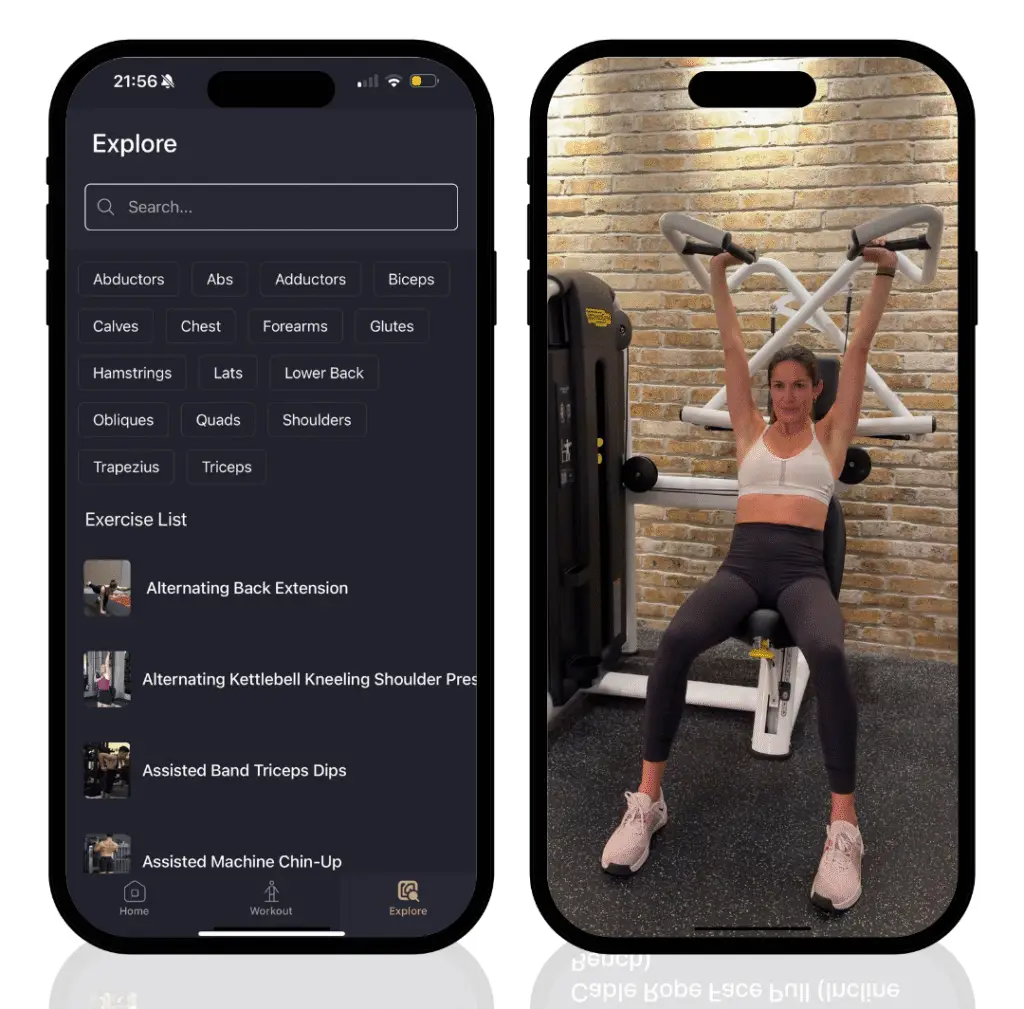
Workout Length by Goal
If your primary goal is to lose fat, you don’t need to spend hours in the gym. In fact, shorter, more intense workouts can be more effective than longer, moderate-intensity sessions. A 30-45 minute session that combines high-intensity interval training (HIIT) with some resistance training is a great way to maximise calorie burn and boost your metabolism.
The key is to maintain high intensity and keep the rest periods brief. This approach creates what’s called the “afterburn effect” or excess post-exercise oxygen consumption (EPOC). Your body continues to burn calories at an elevated rate for hours after your workout ends. Research shows that HIIT can burn up to 25-30% more calories than other forms of exercise.
The American College of Sports Medicine (ACSM) recommends at least 150 minutes of moderate-intensity exercise per week for weight loss, which can be broken down into shorter, more frequent sessions [2]. This could be five 30-minute sessions or three 45-minute sessions. The beauty of this approach is that it fits into most people’s busy schedules while still delivering excellent results.
Muscle Building: 45-60 minutes
To build muscle, you need to create enough training volume to stimulate muscle growth. This typically means more sets and reps, which naturally leads to longer workouts. A 45-60 minute session is usually sufficient to get the job done. This gives you enough time to warm up properly, perform your main compound lifts, and then finish with some isolation exercises.
Muscle protein synthesis, the process by which your body builds new muscle tissue, is elevated for 24-48 hours after a resistance training session. However, to maximise this response, you need to accumulate enough training volume. Research suggests that 10-20 sets per muscle group per week is optimal for muscle growth, and spreading this across 2-3 sessions per week requires adequate session duration.
A study in the Journal of Strength and Conditioning Research found that for muscle growth, it’s more about the total work you do (volume) than the specific amount of time you spend in the gym [3]. However, you need enough time to perform that volume with good form and adequate rest between sets. Rest periods of 60-90 seconds between sets are typically recommended for hypertrophy, which means your workout will naturally take longer than a fat-loss focused session.
Strength Training: 60-75 minutes
When your goal is to get stronger, you need longer rest periods between sets to allow your nervous system to recover. This means that strength-focused workouts tend to be longer, typically in the 60-75 minute range. You’ll be lifting heavier weights for fewer reps, so you need that extra rest to be able to perform each set with maximum effort.
For example, a powerlifter might rest for 3-5 minutes between heavy sets of squats or deadlifts. This isn’t wasted time, it’s necessary for your nervous system to recover so you can lift maximum weights. Strength training is primarily about training your nervous system to recruit more muscle fibers and coordinate movement patterns more efficiently.
The longer duration also allows for more extensive warm-up protocols, which become increasingly important when lifting heavy weights. You might spend 15-20 minutes warming up before your main lifts, then perform 4-6 exercises with multiple sets each. A personal trainer workout planner and tracker can help you structure these longer sessions efficiently.
Maintenance: 20-30 minutes
If you’re happy with your current fitness level and just want to maintain it, you can get by with shorter workouts. A 20-30 minute session, 2-3 times a week, is often enough to maintain your strength and muscle mass. The key is to be consistent and to continue to challenge your muscles enough to prevent them from getting weaker.
Research shows that you can maintain muscle mass and strength with significantly less volume than what’s required to build them. This is great news for people who are time-constrained but want to maintain their fitness. The principle here is “use it or lose it” – as long as you’re regularly challenging your muscles, they’ll maintain their current state.
A maintenance program might focus on compound movements that work multiple muscle groups at once, maximising efficiency. Using a workout tracker during these shorter sessions ensures you’re still making the most of your limited time.
Here is a table summarising the recommended workout durations by goal:
|
Goal |
Workout Duration |
|
30-45 minutes |
|
|
Muscle Building |
45-60 minutes |
|
Strength Training |
60-75 minutes |
|
Maintenance |
20-30 minutes |
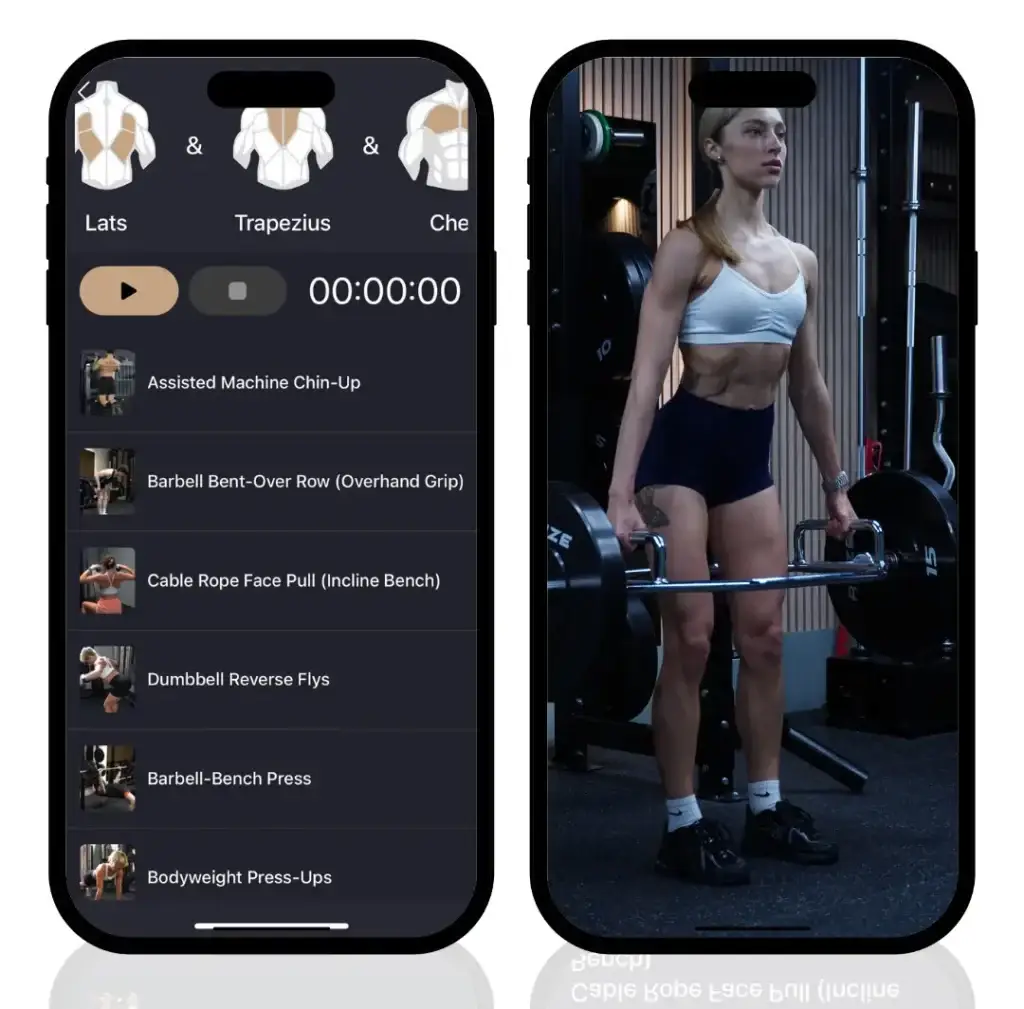
How the 12reps Workout Tracker Optimises Your Time
In today’s busy world, making the most of your workout time is essential. This is where a good workout tracker can be a game-changer. As a personal trainer, I’ve seen firsthand how using a tool like the 12reps workout tracker can help my clients be more efficient and effective in the gym. It’s like having a personal trainer, workout planner, and tracker in your pocket.
One of the biggest advantages of using a strength training workout planner and tracker, such as 12reps, is that it eliminates the guesswork from your workouts. Instead of wandering around the gym wondering what to do next, you have a clear plan to follow. This means you can get right to work and make every minute count. Time wasted between exercises or trying to remember what you did last week is time that could be spent actually training.
Personalised workout duration based on goals
The 12reps app allows you to set your primary goal, whether it’s fat loss, muscle building, or strength training. It then creates a personalised workout plan for you, with the optimal workout duration for your specific goal. This ensures that you’re not wasting time on exercises or routines that aren’t aligned with what you want to achieve.
What makes this particularly powerful is that the app uses artificial intelligence to analyse your progress and adjust your workouts accordingly. If you’re consistently finishing your workouts early, it might suggest adding more volume. If you’re struggling to complete sessions within the recommended time frame, it can help you identify where to make adjustments.
The app also takes into account your available equipment and training frequency. If you can only train three times per week for 45 minutes each session, it will create a plan that maximises your results within those constraints. This level of personalisation is something that would typically require working with an experienced personal trainer.
Built-in timers and rest periods
As we’ve discussed, rest periods are a critical component of any workout. The 12reps app has a built-in timer that automatically tracks your rest periods between sets. This is a huge time-saver, as you don’t have to constantly be looking at your watch or phone. It also ensures that you’re taking the appropriate amount of rest for your specific goal, whether it’s shorter rests for fat loss or longer rests for strength training.
The timer feature is more sophisticated than just a basic stopwatch. It learns from your training patterns and can suggest optimal rest periods based on the exercise you’re performing and your training goal. For example, it might suggest 90 seconds of rest after a set of squats for muscle building, but only 45 seconds after a set of bicep curls.
This intelligent rest period management can significantly impact your workout efficiency. Many people either rest too long (wasting time) or too short (compromising performance). The app helps you find that sweet spot where you’re recovered enough to perform well on your next set, but not wasting unnecessary time.
Efficiency tracking features
The app also features several tools that help you track your efficiency and progress over time. You can log every set, rep, and weight you lift, and the app will show you how you’re improving from week to week. This kind of data is incredibly motivating and helps you stay on track. It also allows you to see where you might be wasting time or where you could be pushing yourself a little harder.
One of the most valuable features is the workout summary that shows you exactly how much time you spent on different activities during your session. You can see how much time was spent on actual lifting versus rest periods versus setup time. This data helps you identify areas where you can become more efficient.
The app also tracks your personal records automatically, celebrating your achievements and helping you set new goals. When you see that you’ve increased your bench press by 10kg over the past month, it provides concrete evidence that your training time is being well spent.
Smart exercise substitutions
Another time-saving feature is the app’s ability to suggest exercise substitutions on the fly. If the equipment you need is busy, the app can instantly suggest an alternative exercise that targets the same muscle groups. This prevents you from standing around waiting or having to completely restructure your workout.
The exercise library contains over 1,500 movements with video demonstrations, so you’re never stuck wondering how to perform an exercise correctly. This eliminates the time typically spent looking up exercise instructions or asking for help.
By using a workout tracker like 12reps, you can take a more strategic and data-driven approach to your training. This not only helps you optimise your time in the gym, but it also leads to better, faster results. The combination of intelligent planning, real-time guidance, and comprehensive tracking creates a system that maximises every minute of your workout time.

Conclusion
So, how long should a workout be? As you can see, there’s no single answer. The ideal workout duration depends on your individual goals, your fitness level, and the type of training you’re doing. The most important thing is to be consistent and to make the most of the time you have.
Throughout my decade of experience as a personal trainer, I’ve learned that the clients who see the best results aren’t necessarily those who spend the most time in the gym. They’re the ones who approach their training with intention and purpose. They understand that a focused 30-minute session can be more valuable than a distracted 90-minute workout.
The science is clear: you don’t need to live in the gym to see significant improvements in your fitness. Whether you’re a beginner starting with 20-30 minute sessions or an advanced lifter dedicating 60-75 minutes to strength training, what matters most is consistency and progressive overload. The research shows that meaningful adaptations don’t occur until after 8 weeks of consistent training, reinforcing the importance of sticking with your program long enough to see results.
Remember the principle of quality over quantity. A short, focused workout is always better than a long, unfocused one. And by using a tool like the 12reps workout tracker, you can ensure that every minute you spend in the gym is a minute well spent. The combination of personalised planning, intelligent timing, and comprehensive tracking takes the guesswork out of your workouts and helps you train more efficiently than ever before.
Whether you’re using a workout tracker, strength training workout planner and tracker, or personal trainer workout planner and tracker, the key is to find a system that works for your lifestyle and goals. The best workout duration is the one you can stick to consistently while making steady progress toward your objectives.
Start where you are, use what you have, and do what you can. Your future self will thank you for the time you invest in your health and fitness today.
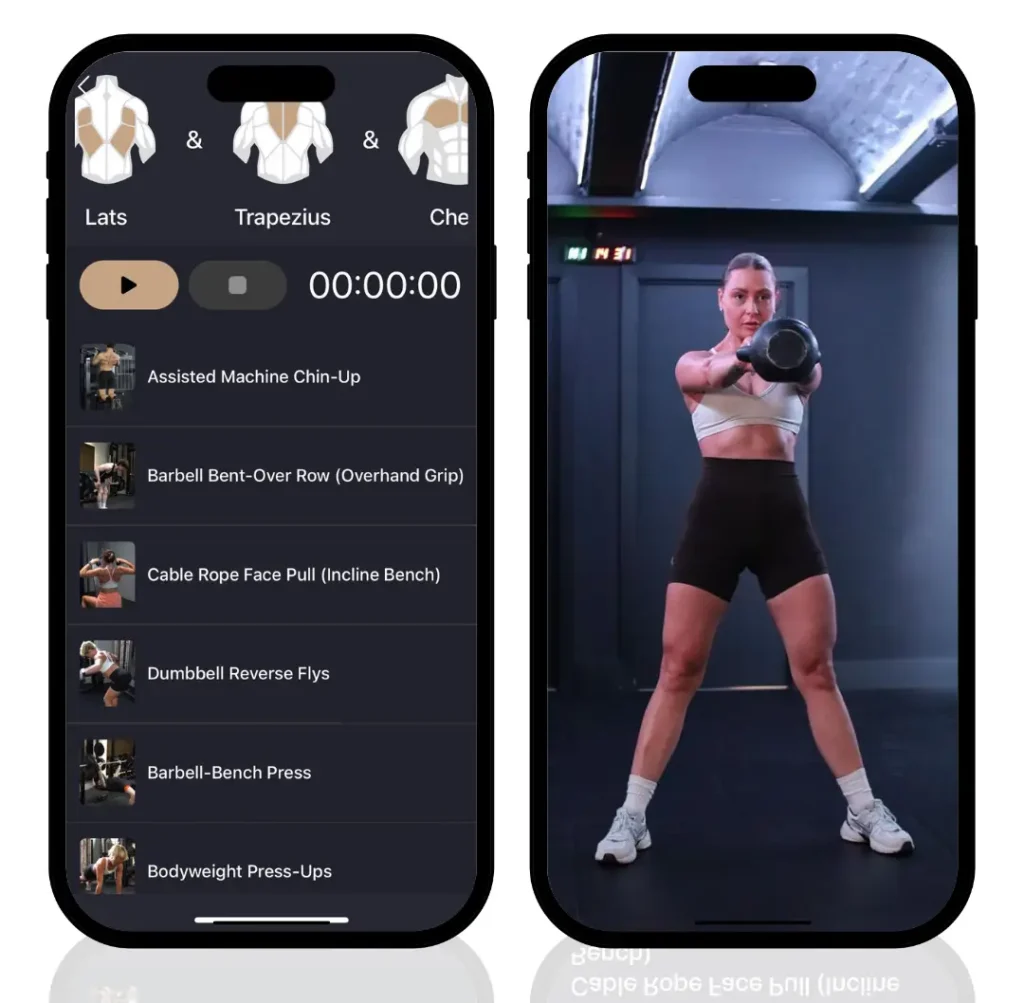
References
[1] Clark, J. E. (2016). The impact of duration on effectiveness of exercise, the implication for periodization of training and goal setting for individuals who are overfat, a meta-analysis. Biology of Sport, 33(4), 309–333. https://www.ncbi.nlm.nih.gov/pmc/articles/PMC5143767/
[2] American College of Sports Medicine. (n.d.). Physical Activity Guidelines for Americans. https://www.acsm.org/education-resources/trending-topics-resources/physical-activity-guidelines
[3] Schoenfeld, B. J., Ogborn, D., & Krieger, J. W. (2017). Dose-response relationship between weekly resistance training volume and increases in muscle mass: A systematic review and meta-analysis. Journal of Sports Sciences, 35(11), 1073–1082. https://doi.org/10.1080/02640414.2016.1210197

